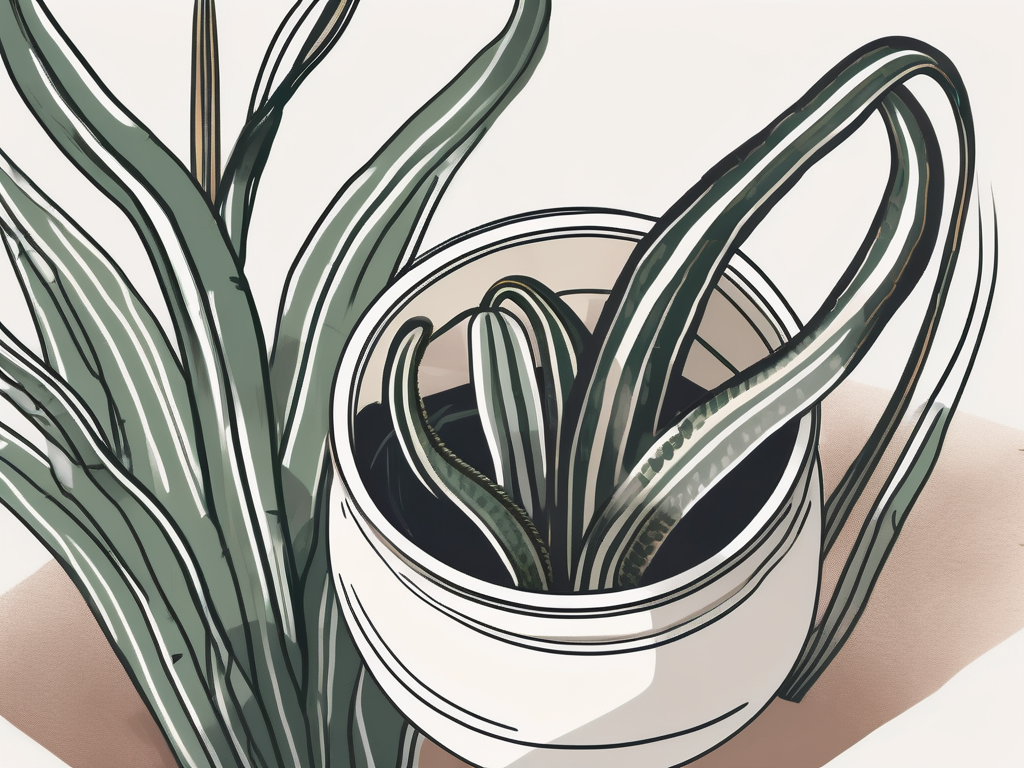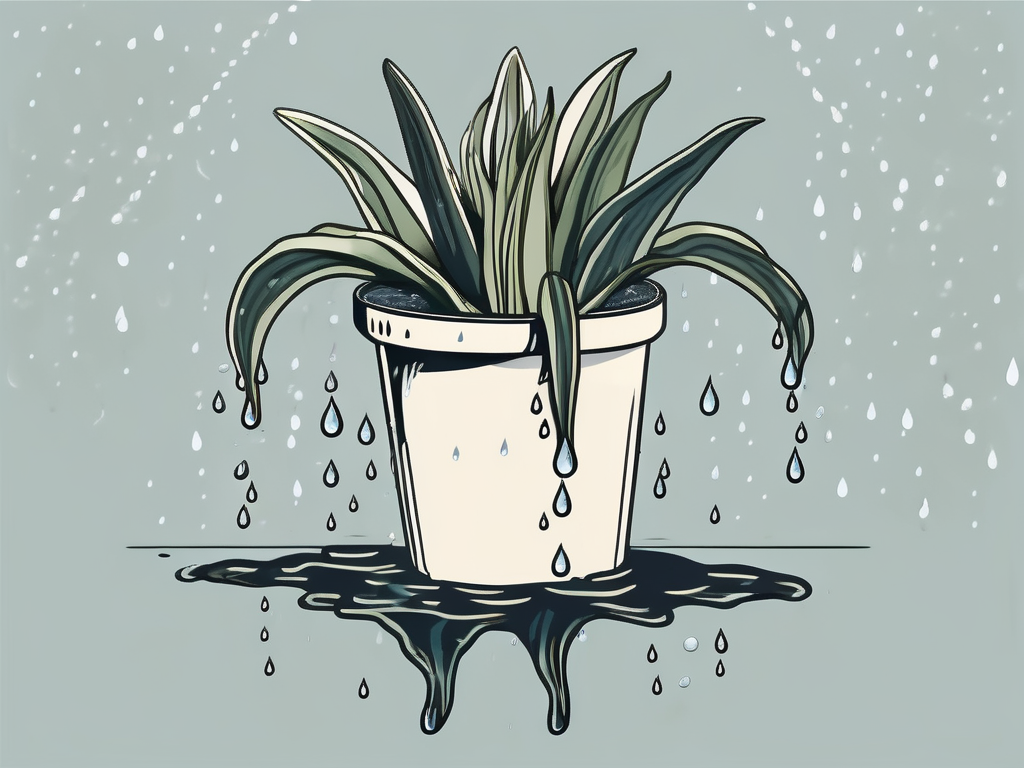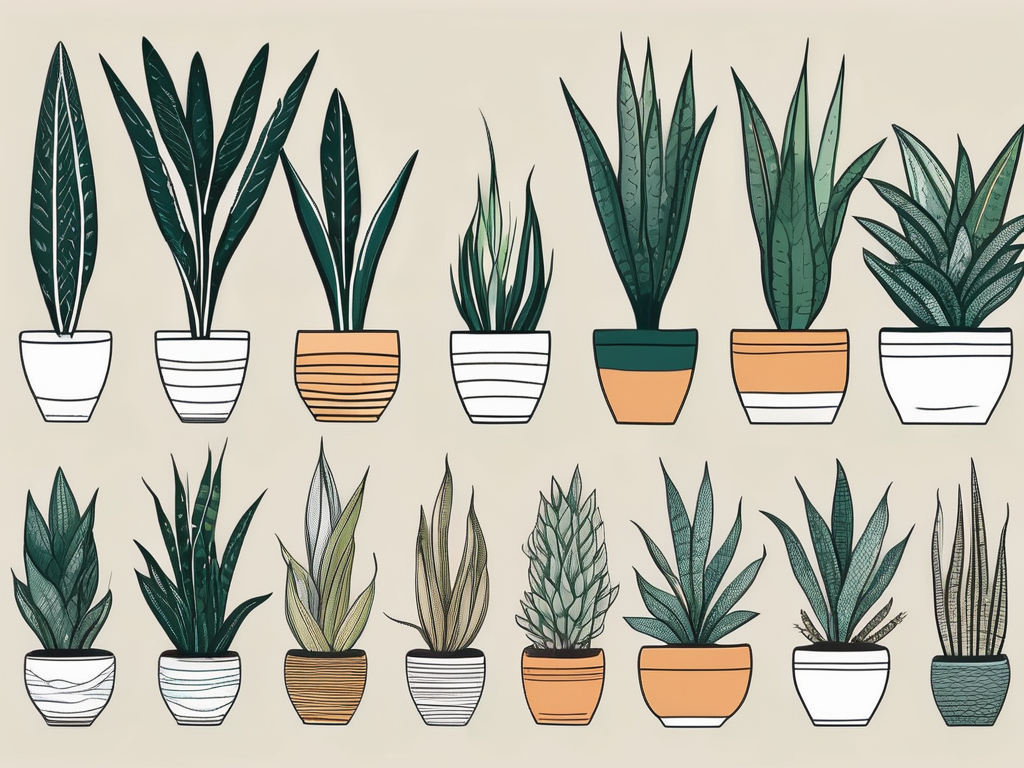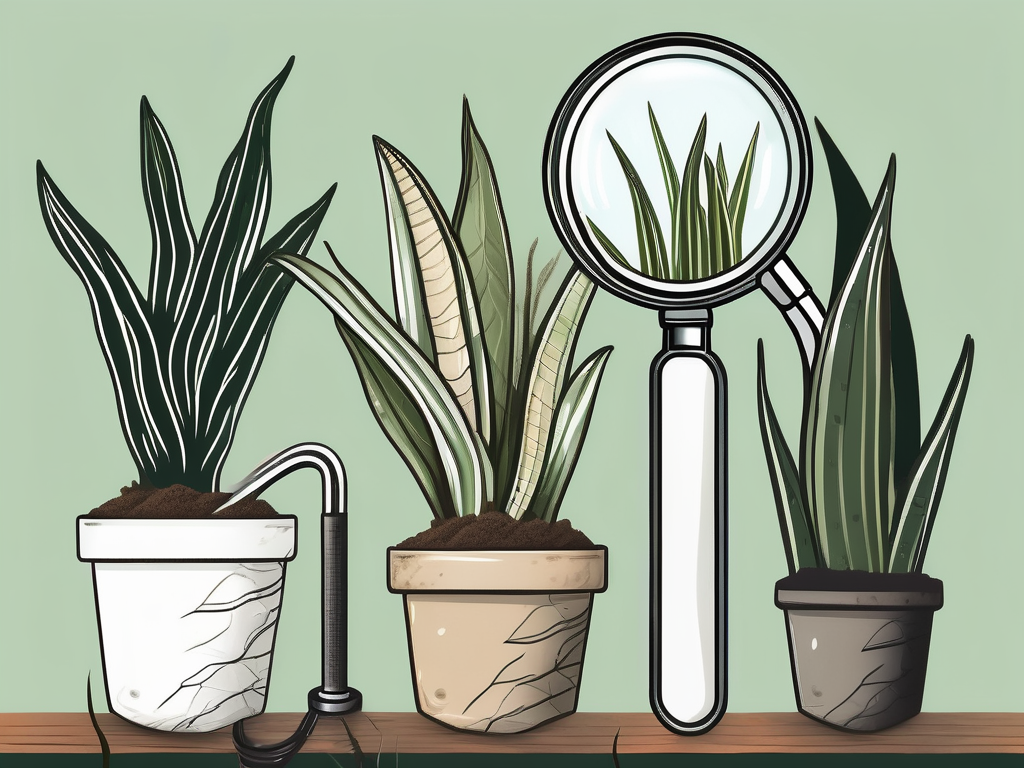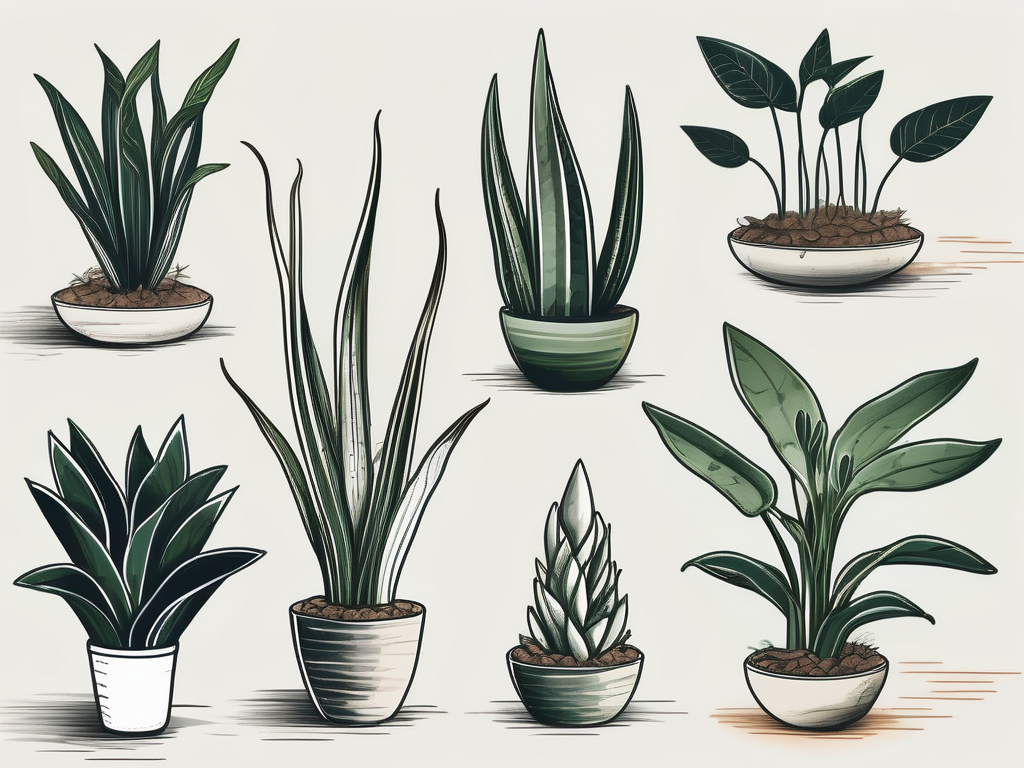
Snake plants, those charming, sword-like wonders, have become a favorite among plant lovers for their resilience and low-maintenance nature. But how long do they stick around? Understanding the lifespan of these plants is key to nurturing them and enjoying their presence for years.
In this article, we'll chat about everything you need to know about the lifespan of snake plants. We'll cover their expected longevity, tips to help them thrive, and some common pitfalls. Whether you're a seasoned plant parent or just starting your green journey, there's something here for you.
How Long Do Snake Plants Live?
Snake plants, also known as Sansevieria or Dracaena trifasciata, are well-loved for their impressive lifespan. Under optimal conditions, these plants can live for decades, often outlasting their original owners. If you've ever wondered about their secret to longevity, it's all about their hardy nature and adaptability.
These plants are native to West Africa, where they're exposed to harsh conditions like drought and intense sunlight. This background has equipped them with a survivalist attitude, allowing them to thrive even when conditions aren't perfect. So, if you're looking for a plant that you'll likely have around for a long time, snake plants are a great choice.
Of course, like any living thing, they do have a natural lifespan. While it's hard to pinpoint an exact number, many snake plants live anywhere from 5 to 25 years or more. Some anecdotes from plant lovers suggest that with perfect care, they can even surpass the 25-year mark!
Factors Affecting Their Lifespan
So, what's the secret sauce for a long, healthy snake plant life? There are several factors that influence how long your snake plant will be your leafy companion. Here are the key ones:
- Light: Snake plants are quite forgiving with light, but they do best in indirect sunlight. Too much direct sun can scorch their leaves, while too little light can slow their growth.
- Watering: Overwatering is a snake plant's nemesis. These plants prefer their soil to dry out completely between waterings. Aim to water them once every two to six weeks, depending on your home's humidity and temperature.
- Soil: Well-draining soil is a must. A cactus or succulent mix is perfect for snake plants, preventing waterlogged roots.
- Temperature: They thrive in temperatures between 60°F and 80°F, but they're not fans of extreme cold. Keep them away from drafty windows in winter.
- Humidity: Snake plants are adaptable to various humidity levels, making them perfect for any home.
By optimizing these factors, you're setting your snake plant up for a long, healthy life.
Signs Your Snake Plant Is Thriving
Wondering if your snake plant is living its best life? Here are some telltale signs that your plant is healthy and happy:
- Vibrant Leaves: Healthy snake plants have firm, upright leaves with a vibrant green color. Some varieties might have variegated patterns or yellow edges.
- New Growth: Regular new leaf growth is a good indicator. The more your plant grows, the happier it is.
- Strong Root System: A healthy snake plant will have a robust root system, often visible above the soil. This shows it's well-established and thriving.
If your snake plant is showing these signs, you're doing a great job! Keep up the good work, and your plant will reward you with many years of companionship.
Common Problems and Solutions
Despite their hardy reputation, snake plants can occasionally run into issues. Here are some common problems and how to tackle them:
Overwatering
As mentioned earlier, overwatering is a big no-no. If you notice yellowing leaves or mushy stems, it's likely your plant is getting too much water. To fix this:
- Let the soil dry out completely before watering again.
- Ensure your pot has drainage holes.
- Consider repotting into fresh, well-draining soil.
Pests
Snake plants aren't immune to pests like spider mites and mealybugs. If you spot them, try these solutions:
- Wipe leaves with a damp cloth to remove insects.
- Use insecticidal soap or neem oil for persistent infestations.
Leaf Spotting
Spots on leaves can be caused by fungal infections or physical damage. Here's what to do:
- Remove any affected leaves to prevent spread.
- Improve air circulation around the plant.
- Avoid getting the leaves wet during watering.
Addressing these problems promptly will keep your snake plant healthy and extend its lifespan.
Repotting Your Snake Plant
Repotting is an essential part of plant care, giving your snake plant room to grow. Here's how to do it:
When to Repot
Snake plants don't need frequent repotting, but every 2-3 years or when roots become visible above the soil, it's time for a new home.
Steps for Repotting
- Choose a pot that's slightly larger than the current one with drainage holes.
- Fill the new pot with fresh, well-draining soil, about a third full.
- Gently remove the snake plant from its current pot, loosening the roots if they're tightly bound.
- Place the plant in the new pot, filling in with soil around the roots.
- Water lightly and allow the soil to settle.
Repotting rejuvenates your plant, encouraging new growth and extending its lifespan.
Designing with Snake Plants
Snake plants are not just survivors—they're also stylish additions to your home decor. Their tall, architectural leaves make them perfect for modern interiors. Here are some design ideas:
- Entryways: Place a pair of snake plants on either side of your front door for a welcoming touch.
- Living Room Corners: Fill an empty corner with a snake plant to add height and greenery.
- Office Spaces: Snake plants are known for improving air quality, making them great companions for your workspace.
With their versatility, snake plants fit into any decor style, from minimalist to boho chic.
Propagating Your Snake Plant
If you want more snake plants (and who wouldn't?), propagation is the way to go. Here's a simple method:
Leaf Cutting Propagation
- Cut a healthy leaf from your snake plant, about 3-4 inches long.
- Let the cut end dry and callus over for a few days.
- Plant the callused end in soil, keeping it upright.
- Water sparingly until roots develop, then treat it like a regular snake plant.
Propagation is not only rewarding but also a cost-effective way to expand your plant collection.
The Benefits of Keeping Snake Plants
Beyond their striking appearance and longevity, snake plants offer several benefits:
- Air Purification: Snake plants are known for removing toxins like formaldehyde and benzene from the air.
- Low Maintenance: Their forgiving nature makes them perfect for beginners and busy plant parents.
- Versatile Decor: As we've seen, they can enhance any room's aesthetic.
With all these perks, it's no wonder snake plants are a beloved choice for indoor gardening.
Final Thoughts
Snake plants are true champions of the plant world, offering beauty, longevity, and ease of care. By understanding their needs and providing the right environment, you can enjoy their presence for many years.
At Cafe Planta, we're passionate about helping you find the perfect plants for your home. If you have any questions about plant care, feel free to email us or DM us on Instagram. We're excited to share our love of plants with you and help you create a thriving collection!


















